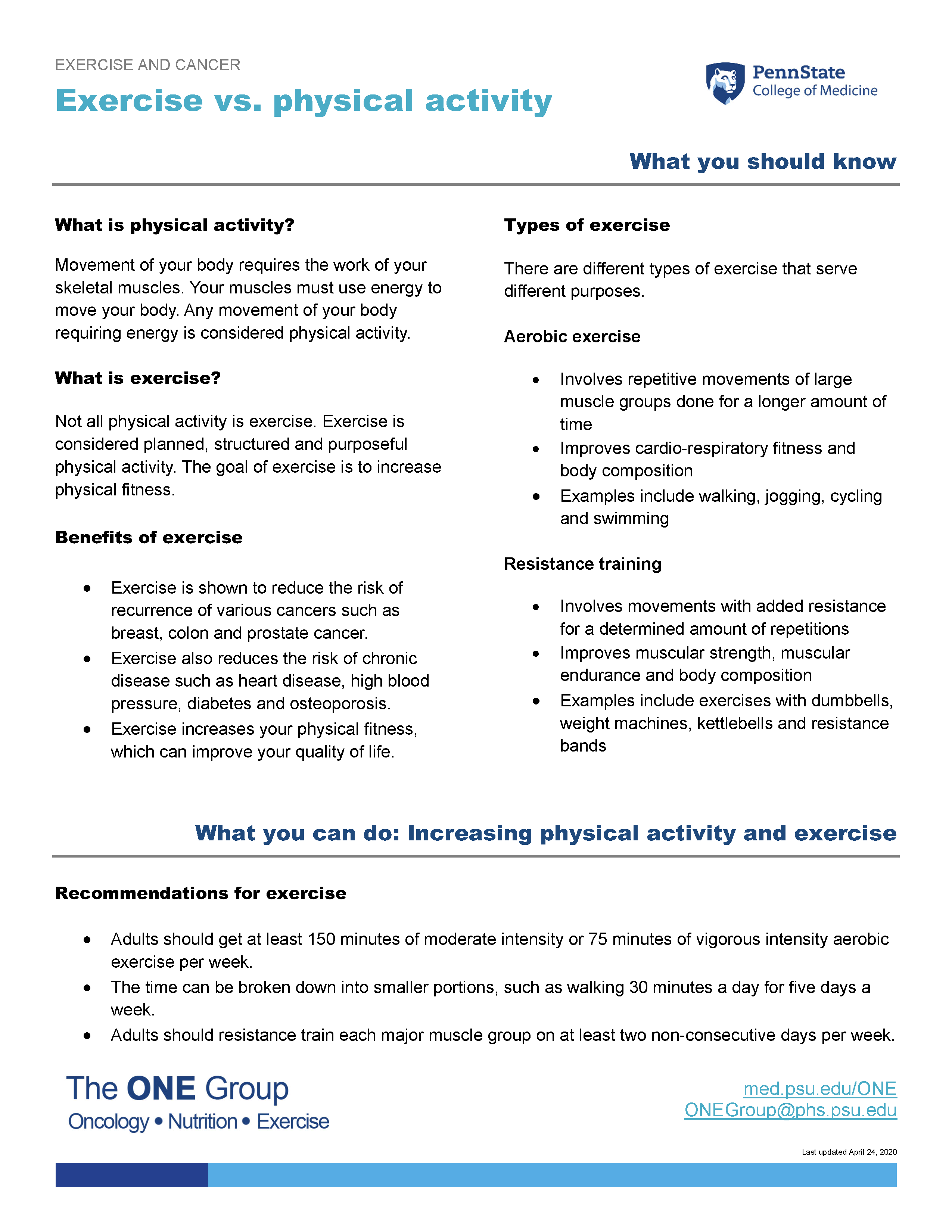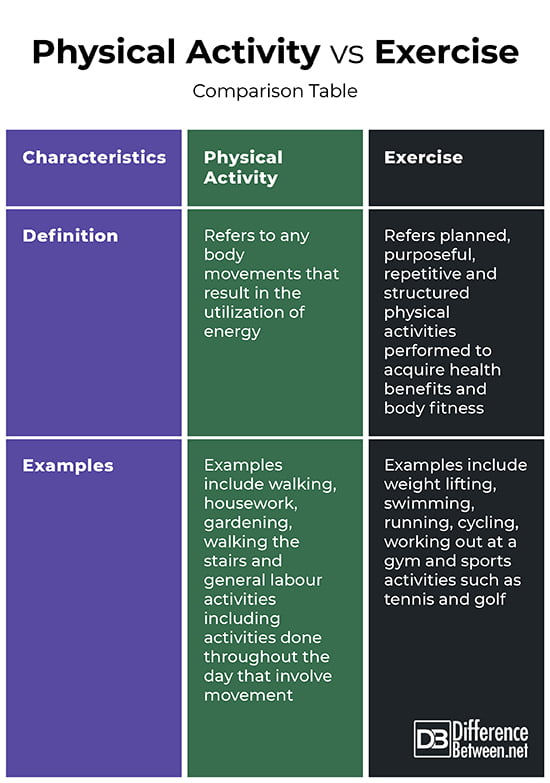What’s the secret to achieving physical fitness? Is it simply a matter of hitting the gym and breaking a sweat? Or is there a deeper relationship between physical fitness and exercise that we need to explore? In this article, we’ll dive into the fascinating connection between physical fitness and exercise, uncovering the key factors that contribute to a healthy and active lifestyle.
When it comes to physical fitness, exercise is like the superhero that swoops in to save the day. It’s the catalyst that sets off a chain reaction of positive changes in our bodies and minds. Regular exercise not only helps us build strength and endurance, but it also improves our cardiovascular health, boosts our mood, and enhances our overall well-being.
But what exactly is the relationship between physical fitness and exercise? Well, think of it as a dynamic dance. Exercise is the partner that leads, guiding us towards greater fitness and vitality. It challenges our muscles, increases our heart rate, and pushes us to new limits. And in return, physical fitness is the graceful partner that follows, reaping the rewards of our efforts. It’s a symbiotic relationship that fuels our bodies, energizes our spirits, and propels us towards a healthier, happier life.
So, if you’re ready to unlock the secrets of physical fitness and discover the transformative power of exercise, let’s lace up our sneakers and embark on this exhilarating journey together. Get ready to sweat, smile, and unleash your inner superhero as we explore the remarkable relationship between physical fitness

Understanding the Relationship Between Physical Fitness and Exercise
Physical fitness and exercise are two interrelated concepts that play a crucial role in maintaining a healthy lifestyle. Exercise is a key component of physical fitness, as it encompasses various activities that improve cardiovascular health, strength, flexibility, and endurance. By engaging in regular exercise, individuals can enhance their overall physical fitness levels, leading to improved health and well-being.
The Benefits of Regular Exercise
Regular exercise offers numerous benefits for both the body and mind. One of the primary advantages is improved cardiovascular health. Engaging in activities such as running, swimming, or cycling can strengthen the heart and improve blood circulation, reducing the risk of heart disease. Exercise also promotes weight management by burning calories and increasing metabolism.
Exercise is not only beneficial for physical health but also plays a vital role in mental well-being. It has been proven to reduce symptoms of depression, anxiety, and stress. Physical activity stimulates the release of endorphins, which are natural mood boosters. Additionally, exercise can improve cognitive function and memory, enhancing overall brain health.
The Role of Exercise in Physical Fitness
Physical fitness encompasses various components, including cardiovascular endurance, muscular strength, flexibility, and body composition. Exercise is the key driver behind improving these components and achieving optimal physical fitness levels.
Cardiovascular endurance is the ability of the heart and lungs to deliver oxygen and nutrients to the body’s muscles during prolonged physical activity. Engaging in aerobic exercises such as jogging, swimming, or dancing can significantly improve cardiovascular endurance over time.
Muscular strength refers to the ability of the muscles to exert force. Resistance training exercises, such as weightlifting or bodyweight exercises, help build muscular strength and increase lean muscle mass. Strong muscles support overall body stability and prevent injuries.
Flexibility is the range of motion around a joint. Regular stretching exercises, such as yoga or Pilates, can improve flexibility, allowing for better movement and reduced muscle stiffness.
Body composition refers to the ratio of fat mass to lean mass in the body. Regular exercise, combined with a healthy diet, can help maintain a healthy body composition by reducing excess body fat and increasing muscle mass.
The Relationship Between Physical Fitness and Exercise
Exercise is the means through which individuals can achieve and maintain physical fitness. By engaging in regular physical activity, individuals can improve their cardiovascular health, increase muscular strength, enhance flexibility, and achieve a healthy body composition.
The relationship between physical fitness and exercise is reciprocal. Physical fitness is the outcome of regular exercise, while exercise is the action that drives physical fitness improvements. Individuals who prioritize exercise as part of their lifestyle are more likely to experience the benefits of physical fitness, such as improved overall health, increased energy levels, and enhanced quality of life.
It is essential to note that physical fitness is not a one-time achievement but an ongoing process. Regular exercise is necessary to maintain and further improve physical fitness levels. Consistency is key, as sporadic or inconsistent exercise regimens will not yield significant long-term results.
In conclusion, regular exercise is a vital component of physical fitness. By engaging in various forms of physical activity, individuals can improve cardiovascular health, increase muscular strength, enhance flexibility, and achieve a healthy body composition. The relationship between physical fitness and exercise is reciprocal, with exercise being the means to achieve physical fitness and physical fitness being the result of regular exercise. It is important to prioritize exercise as part of a healthy lifestyle to reap the numerous benefits for both the body and mind.
Key Takeaways: What Is the Relationship Between Physical Fitness and Exercise?
- Regular exercise is essential for improving physical fitness.
- Engaging in physical activity helps strengthen muscles and improve cardiovascular health.
- Exercise can reduce the risk of chronic diseases, such as heart disease and diabetes.
- Physical fitness and exercise go hand in hand, with exercise being the key factor in developing and maintaining fitness levels.
- Consistency is key – regular exercise is necessary to see long-term improvements in physical fitness.
Frequently Asked Questions
How does exercise contribute to physical fitness?
Exercise plays a crucial role in improving physical fitness. When we engage in regular physical activity, it helps strengthen our muscles, increase our endurance, and enhance flexibility. Exercise also contributes to maintaining a healthy body weight and improving cardiovascular health. By engaging in activities such as strength training, cardio exercises, and flexibility exercises, we can improve our overall physical fitness levels.
Exercise also has numerous benefits for our mental well-being. It helps reduce stress and anxiety, improves mood, and boosts overall mental health. Additionally, exercise promotes better sleep patterns, which further contributes to our overall well-being. Therefore, the relationship between exercise and physical fitness is intertwined, with exercise being a key component of achieving and maintaining optimal physical fitness.
What are the different types of exercises that improve physical fitness?
There are various types of exercises that can improve physical fitness. These include cardiovascular exercises, strength training exercises, and flexibility exercises.
Cardiovascular exercises, such as running, cycling, swimming, and dancing, help improve cardiovascular health, increase endurance, and burn calories. Strength training exercises, such as weightlifting and resistance training, help strengthen muscles, increase bone density, and improve overall strength. Flexibility exercises, such as yoga and stretching, enhance flexibility, improve posture, and reduce the risk of injuries.
Engaging in a combination of these different types of exercises can provide a well-rounded approach to improving physical fitness and overall health.
How often should one exercise to improve physical fitness?
The frequency of exercise required to improve physical fitness can vary depending on individual goals and fitness levels. As a general guideline, adults should aim for at least 150 minutes of moderate-intensity aerobic activity or 75 minutes of vigorous-intensity aerobic activity per week. This can be spread out over several days. Additionally, it is recommended to engage in strength training exercises at least two days a week, targeting all major muscle groups.
However, it’s important to note that everyone’s fitness journey is unique, and it’s essential to listen to your body and consult with a healthcare professional or fitness expert to determine the appropriate exercise routine for your specific needs and goals.
Can physical fitness be achieved without exercise?
While physical fitness can be influenced by various factors such as genetics and diet, exercise is a crucial component in achieving and maintaining optimal physical fitness. Exercise helps improve cardiovascular health, build muscle strength, increase endurance, and enhance flexibility.
Without regular exercise, it can be challenging to achieve the desired level of physical fitness. However, it’s important to note that exercise is not the only factor. A balanced and nutritious diet, adequate rest, and overall healthy lifestyle habits also play a significant role in achieving optimal physical fitness.
What are the long-term benefits of maintaining physical fitness through exercise?
Maintaining physical fitness through exercise has numerous long-term benefits. Regular exercise helps reduce the risk of chronic diseases such as heart disease, diabetes, and certain types of cancer. It also helps manage weight, improve cardiovascular health, and enhance overall strength and flexibility.
Additionally, exercise has positive effects on mental health. It helps reduce stress, anxiety, and symptoms of depression. Regular physical activity also promotes better sleep patterns, improves cognitive function, and boosts overall mood and well-being.
By consistently engaging in exercise and maintaining physical fitness, individuals can enjoy a higher quality of life, improved longevity, and a reduced risk of various health conditions.

The Striking Relationship Between Physical Activity Levels and Restorative Sleep
Final Summary: The Dynamic Connection Between Physical Fitness and Exercise
When it comes to physical fitness, exercise is the key that opens the door to a healthier and happier life. Through the exploration of the relationship between physical fitness and exercise, we have uncovered a world of benefits that await those who are willing to lace up their sneakers and get moving.
Exercise is not just about shedding pounds or building muscle; it is a catalyst for overall well-being. Regular physical activity has been shown to improve cardiovascular health, strengthen bones and muscles, boost mood and cognitive function, and reduce the risk of chronic diseases. It is a powerful tool that empowers individuals to take control of their health and unlock their full potential.
The relationship between physical fitness and exercise is a dynamic one. Engaging in different forms of exercise, from cardio to strength training to flexibility exercises, allows individuals to target different aspects of their fitness and achieve a well-rounded level of physical well-being. By incorporating a variety of exercises into their routine, individuals can challenge their bodies, prevent plateaus, and continue to make progress towards their fitness goals.
So, whether you prefer hitting the pavement for a run, sweating it out in a high-intensity workout, or finding your zen in a yoga session, the key is to find activities that you enjoy and that align with your fitness goals. Remember, consistency is key. By making exercise a regular part of your lifestyle, you are not only improving your physical fitness but also investing in

